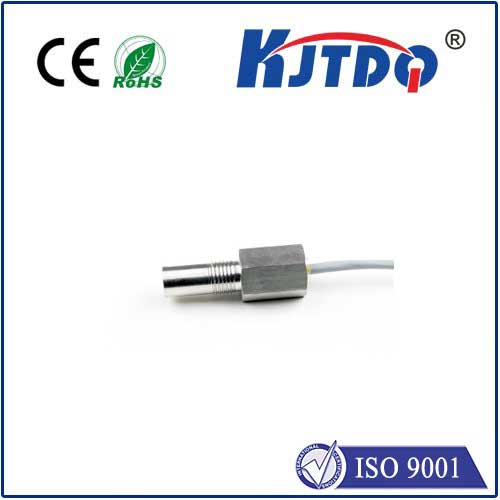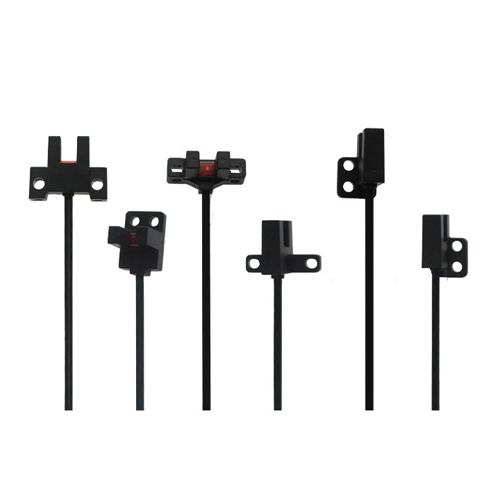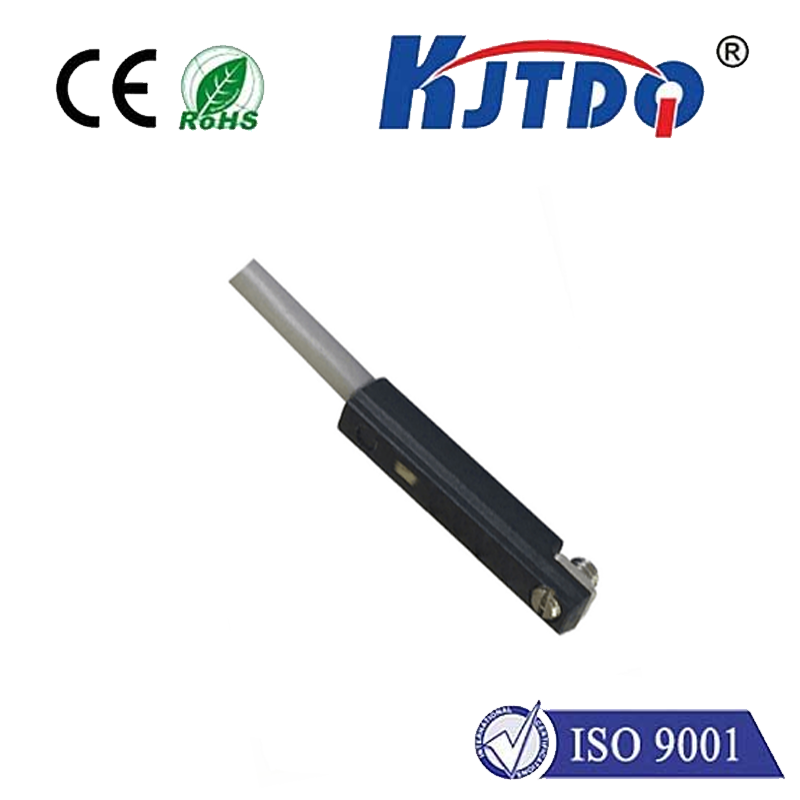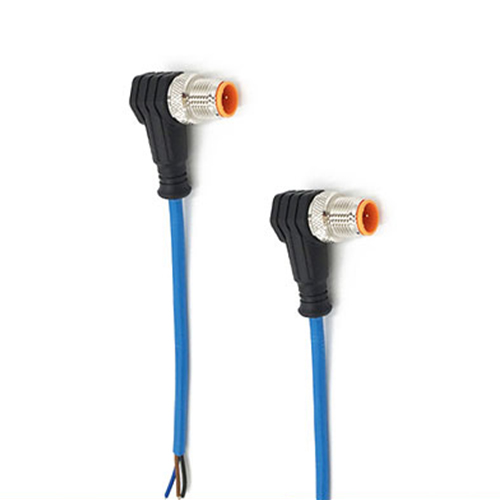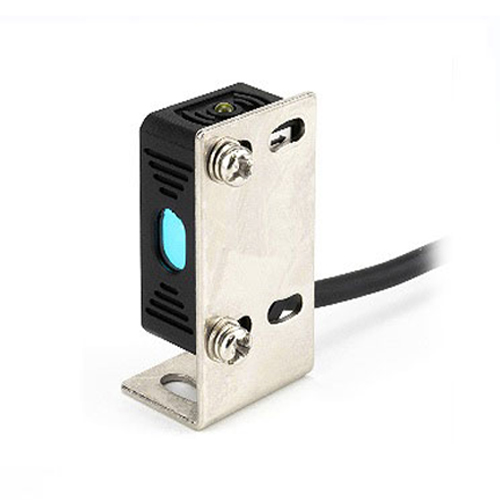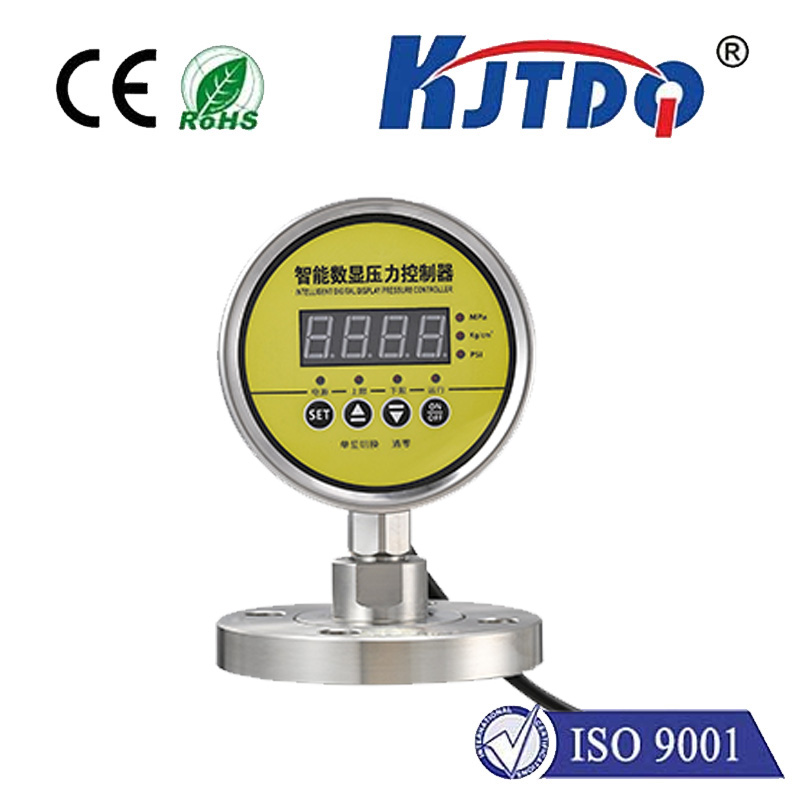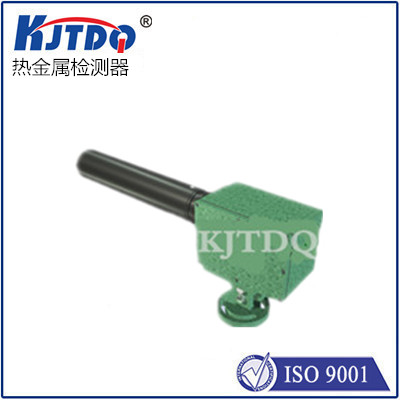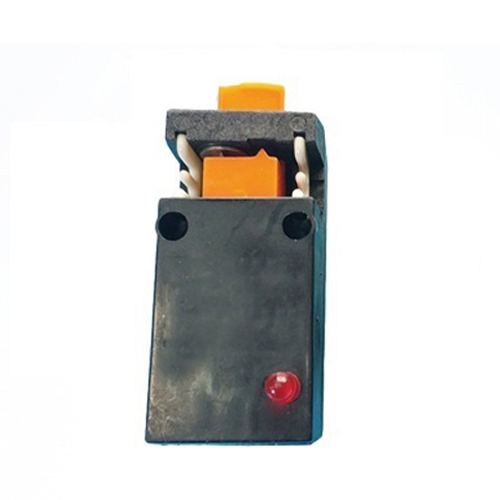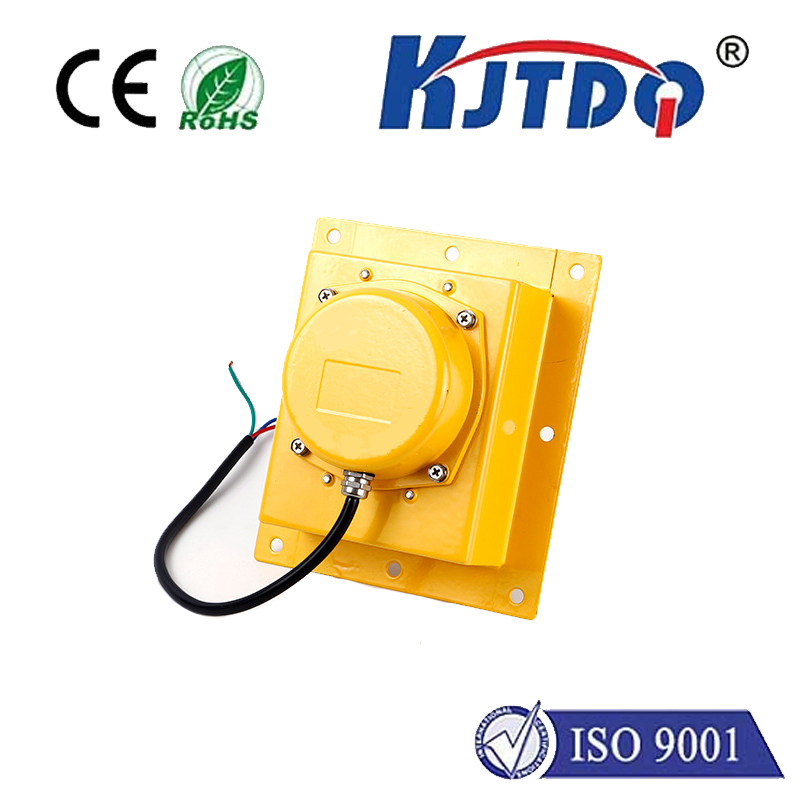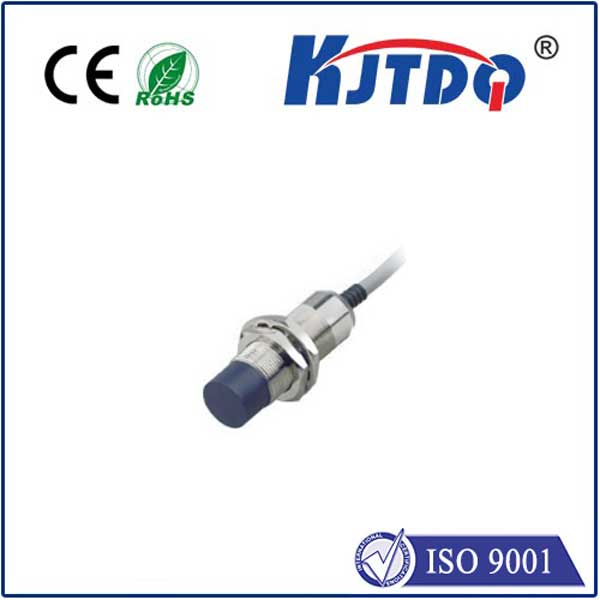E3FB-DP13 2M 5v photoelectric sensor
- time:2025-10-09 10:01:45
- Click:0
The E3FB-DP13 2M 5V Photoelectric Sensor: Precision Detection for Compact Automation Needs
Modern automation thrives on precision and adaptability. As processes become finer and machinery more compact, the demand surges for sensing solutions that deliver accurate, reliable object detection within tight confines and often with limited power availability. Enter the E3FB-DP13 2M 5V Photoelectric Sensor. This specific model represents a targeted solution designed for applications where space is at a premium, power budgets are low, yet detection accuracy remains non-negotiable.
Understanding the Photoelectric Core
At its heart, the E3FB-DP13 leverages the fundamental principle of photoelectric sensing: using a light beam to detect the presence, absence, or distance of an object. Light emitted from a source within the sensor (typically an LED) travels towards a target. Depending on the sensing mode (diffuse reflective, retro-reflective, through-beam), the sensor’s receiver detects either the presence of reflected light, the interruption of a beam, or its reflection from a reflector.
The “DP” designation in E3FB-DP13 specifically indicates it’s a diffuse reflective sensor. This means it houses both the light emitter and the receiver in a single, compact housing. Detection occurs when the emitted light hits a target object and diffusely reflects some portion of that light back to the receiver. This self-contained design is inherently simpler to install than through-beam sensors (which require a separate reflector opposite the sensor) but typically works best at shorter ranges.

Decoding the Specifications: 2M Cable & 5V Power
The model number carries key operational details:
- 2M Cable: This sensor comes equipped with a fixed 2-meter output cable. This length provides significant flexibility during installation compared to sensors with extremely short leads, allowing it to reach nearby control points or junction boxes without immediate need for extensions. It’s long enough for many confined setups but avoids the bulk and potential tangling of excessively long cables.
- 5V Operating Voltage: This is a crucial specification. Unlike many industrial photoelectric sensors that commonly operate on 10-30V DC, the E3FB-DP13 is designed to run on a low 5V DC supply. This makes it inherently compatible with:
- Modern logic-level circuits and microcontrollers (Arduino, Raspberry Pi, PLCs with 5V outputs).
- Low-voltage embedded systems.
- Applications where higher voltage circuits are impractical or unsafe.
- Battery-powered or portable equipment.
- Environments with strict power consumption requirements. Its low voltage nature often translates to lower power draw overall.
Why Choose the E3FB-DP13? Key Advantages in Focus
This sensor isn’t just about its specs; it’s about solving specific challenges in automation:
- Compact Size, Big Performance: Omron’s E3F series is renowned for its miniature form factor. The E3FB-DP13 embodies this, making it ideal where mounting space is severely restricted – inside small enclosures, on miniature assembly jigs, or within mobile robotic platforms. Its small size doesn’t compromise its core sensing functionality.
- Low-Voltage Integration Made Simple: Its 5VDC operation is arguably its most defining feature. Integration into modern, digitally controlled systems becomes incredibly straightforward. You can directly connect it to 5V digital I/O without requiring additional voltage conversion circuitry, simplifying design and reducing component count.
- Precision Proximity Detection: As a diffuse reflective sensor, it excels at detecting objects within its specified sensing range. The Omron E3FB series is known for stable performance, ensuring reliable detection of small parts, presence verification on conveyor belts, or position confirmation within assemblies.
- Streamlined Installation: The pre-attached 2-meter cable provides ready-to-connect convenience. It offers enough reach for most localized installations without needing extensions immediately, simplifying wiring and reducing potential failure points. Its fixed cable also reinforces the sensor’s suitability for OEM integration into products.
- Cost-Effective Solution: Designed for specific, often high-volume applications, sensors like the E3FB-DP13 typically offer a very competitive price point while delivering robust Omron quality and reliability.
Ideal Applications: Where the E3FB-DP13 Shines
This sensor finds its niche in applications demanding compactness, low power, and reliable diffuse sensing:
- Miniature Assembly & Conveying Systems: Detecting tiny components like SMD chips, connectors, or watch parts on feeders or micro-conveyors within small assembly machines.
- PCB Handling & Testing: Verifying board presence at loading stations, confirming component placement, or triggering test sequences within automated test equipment racks.
- Low-Cost Automation & DIY Projects: Perfectly suited for integration into hobbyist robotics, custom Arduino/Raspberry Pi automation projects, and educational kits requiring simple object detection without complex power supplies.
- Printer & Copier Mechanisms: Paper jam detection, cover open/close sensing, or toner cartridge presence confirmation in office equipment where 5V logic boards are common.
- Small Medical & Laboratory Devices: Presence detection for vials, slides, or mechanisms within compact diagnostic or fluid handling instruments operating on low-voltage electronics.
- Packaging Machinery (Confined Spaces): Counting or detecting small products or components on secondary packaging lines where space near the detection point is limited.
Key Specifications Summarized
- Sensing Mode: Diffuse Reflective
- Sensing Distance: Specifics vary slightly by exact E3FB variant; consult datasheet (typically ranges like 100-300mm are common for this series).
- Light Source: Usually Red LED (Visible Light).
- Output Type: Typically Dark-on/Light-on selectable via wiring (PNP/NPN transistor output).
- Operating Voltage: 5V DC ±10% (Crucial differentiator).
- Cable: Fixed 2-meter cable.
- Housing Material: Often plastic resin.
- Connection: Bare wire leads at cable end.
- Protection Rating: Usually IP50 (dust protected), suitable for indoor/controlled environments.
Integrating the Sensor Effectively
While relatively simple to use, ensure correct implementation:
- Power Supply: Provide a stable, regulated 5V DC supply. Voltage fluctuations can affect performance or damage the sensor.
- Load Connection: Connect the output correctly to your controller’s input, respecting the PNP/NPN configuration (sourcing vs sinking) and ensuring the load current is within the sensor’s specified limits.
- Sensing Environment: Diffuse sensors are affected by target color, surface finish (matte vs glossy), and background conditions. Test with actual targets to confirm reliable operation. Avoid direct, intense ambient light falling directly on the receiver.
- Mounting: Secure the sensor firmly to minimize vibration and ensure the target consistently passes within its












